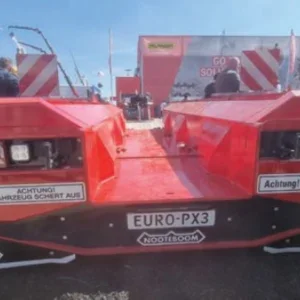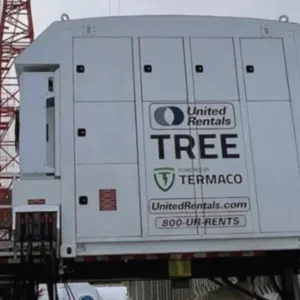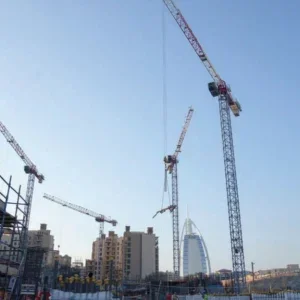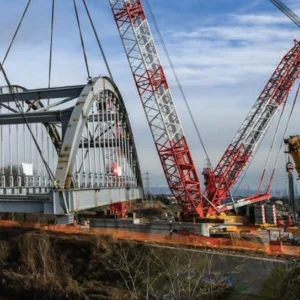Valla has its roots in the end of the Second World War, when founder Antonio Valla built a trading company in Milan based on buying used forklifts left in Italy by the American, British and German armies. From there, Valla moved into trading cranes built by German manufacturer Krupp, and British crane builder, Jones. In the early 1960s, seeing a need for equipment that combined the benefits of a crane and a forklift, Valla began building his first pick and carry cranes.
The immediately recognisable outline of the cranes has remained roughly the same ever since, but the company has built its business on tailoring cranes very closely to customer needs, innovating throughout.
In the early 1970s, responding to demand from German customers, Valla started producing its first electric pick and carry cranes.
In 1973, the company moved to new premises in Piacenza. At that time, Guglielmetti says, the company was building four models; today, as it has built new designs to meet customer demand, it now sells 30 different models.
The company produces its smaller cranes in Piacenza. Within 60km of its headquarters are three suppliers that build larger cranes: while they are independent, Guglielmetti estimates 60% of their production is for Valla.
Valla’s customers range across sectors, from industrial movers to automotive manufacturers, petrochemical plants to the tyre industry. The company’s sales are split roughly equally between domestic business and exports. Some of the biggest markets, Guglielmetti says, are Germany, France, and the Benelux countries, but new markets are opening up. This year, Valla sold five cranes to China, and one unit to a petrochemical plant in Singapore. The company offers aftersales, Guglielmetti says, “almost everywhere”.
The growth of the company’s electric range demonstrates how its relationship with customers works. Originally, Guglielmetti says, the company had to push electrics; now, customers routinely demand them. Conversely, capacities and features have followed customer requests. Currently, the company offers cranes with lifting capacities all the way up to 90t.
Three years ago, customers told Valla that they needed pick and carry cranes suitable for use in explosive environments. The result was a 3t diesel crane, designed to be easily convertible to explosive environments. This year, the company delivered a 17.5t model, converted for these environments.
The secret of Valla’s success, Guglielmetti says, lies in a reputation for customer care and attention to detail: “After 50 years of history, our customers know us. We build industrial cranes, but we try to work like artisans.”






